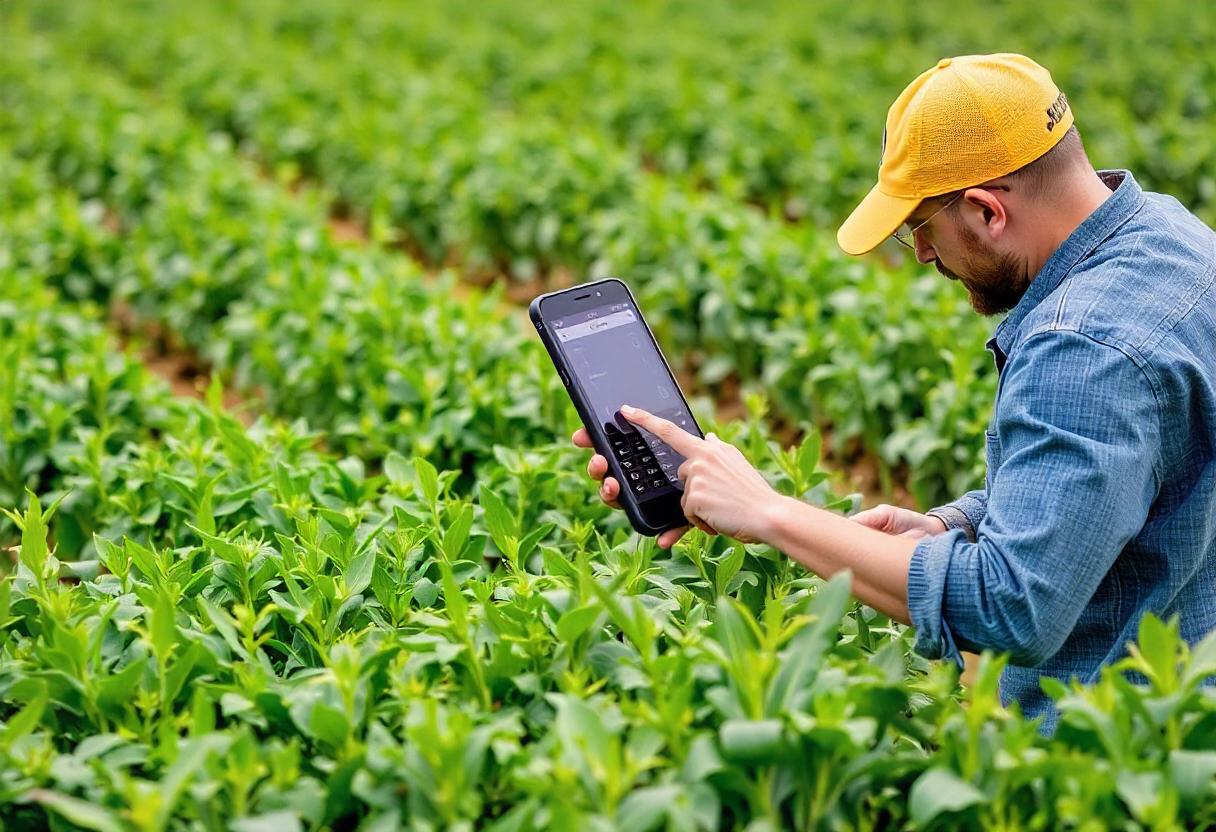
Precision agriculture is a farming management practice that uses data and technology to improve crop yields and reduce resource usage. It leverages tools like GPS, drones, and sensors to gather real-time data, enabling farmers to make informed decisions. This method helps optimize crop inputs, from seeds to water and fertilizers, creating a sustainable approach to agriculture.
The Role of Technology in Precision Agriculture
The backbone of precision agriculture is technology. With advancements in GPS, remote sensing, and data analytics, farmers can map out their fields, monitor crop health, and adjust their practices accordingly. These technologies provide detailed insights that manual labor and traditional methods cannot, allowing for the precise application of water, nutrients, and pest control measures.
Drones, for example, can capture high-resolution images of crops, identifying areas that need attention. Soil sensors monitor moisture levels, guiding irrigation decisions. Satellite imagery provides broader views, helping track growth patterns and detect potential problems early.
Benefits of Precision Agriculture
One of the main benefits of precision agriculture is its ability to increase productivity while minimizing environmental impact. By applying fertilizers and pesticides only where needed, farmers can reduce waste and avoid overuse of chemicals, which can harm the environment.
Precision agriculture also saves costs by using resources more efficiently. With fewer inputs needed, farmers can lower their operating costs and improve their profit margins. This method also improves crop quality, as precise nutrient and water management leads to healthier plants and higher yields.
Precision Agriculture and Sustainability
Sustainability is a growing concern in modern agriculture, and precision farming plays a key role in addressing these challenges. By reducing the overuse of fertilizers and pesticides, precision agriculture lowers the risk of water contamination and soil degradation. It also helps conserve water, a critical resource in areas prone to drought.
In addition, precision agriculture promotes biodiversity by ensuring that crops are grown in optimal conditions, leading to healthier ecosystems. This method encourages responsible land use and helps farmers adopt practices that are better for the planet.
Challenges in Adopting Precision Agriculture
While precision agriculture offers numerous benefits, there are challenges to its widespread adoption. High upfront costs for technology, equipment, and training can be prohibitive for smaller farms. There is also a learning curve involved in implementing and interpreting the data collected through precision farming tools.
Farmers must also invest in reliable internet and communication systems to support the data-driven nature of precision agriculture. In rural areas with limited connectivity, this can be a significant barrier.
The Future of Precision Agriculture
As technology continues to advance, the future of precision agriculture looks promising. Artificial intelligence (AI) and machine learning are expected to play a greater role, allowing farmers to make even more accurate predictions about crop performance. Autonomous machinery, such as self-driving tractors, will further streamline operations and reduce labor costs.
With ongoing innovations, precision agriculture is poised to revolutionize the farming industry, making it more efficient, sustainable, and adaptable to the changing global landscape.